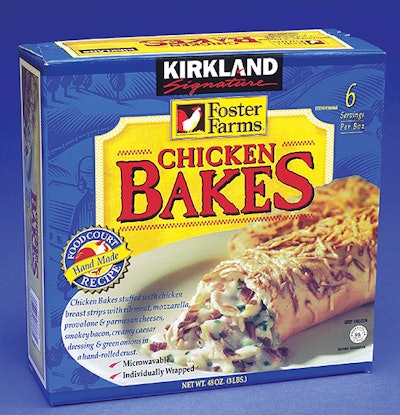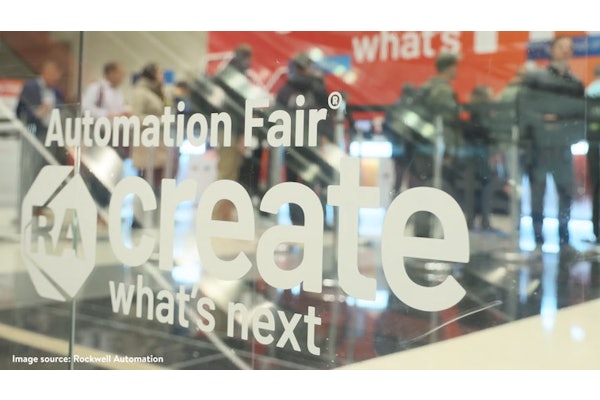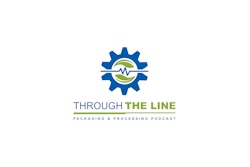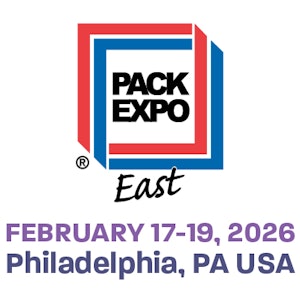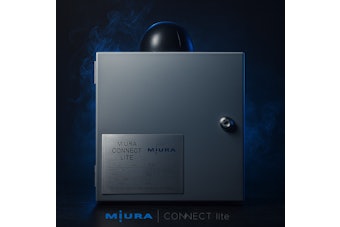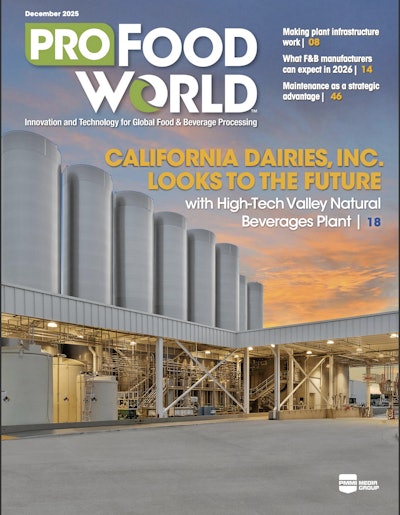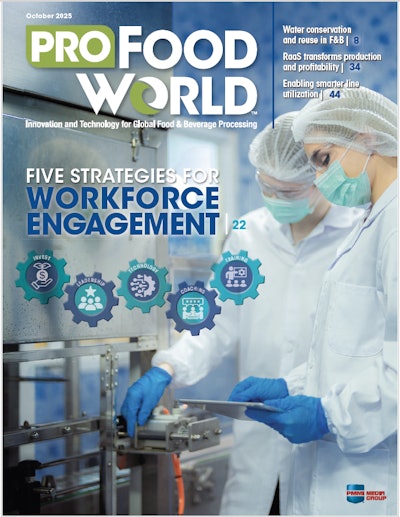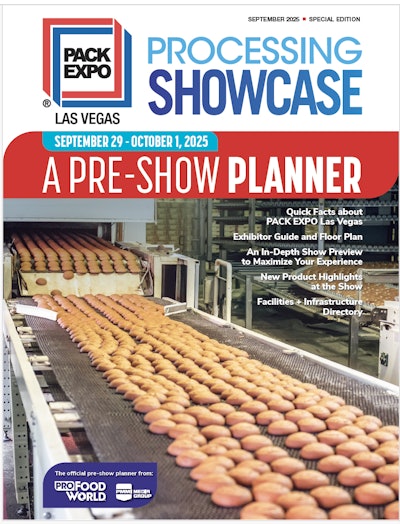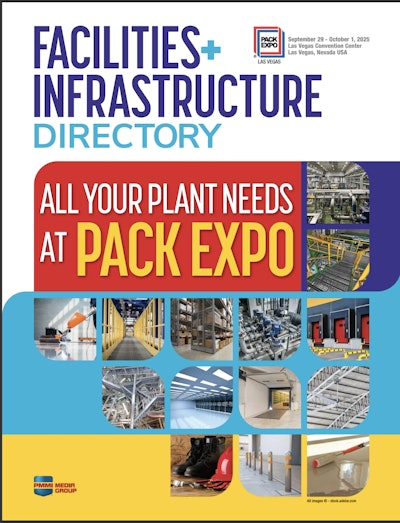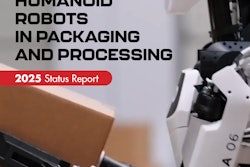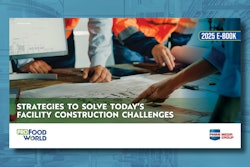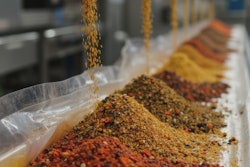Introduction
A group of executives at U.S. paperboard packaging companies, known as the Paperboard Packaging Alliance (PPA), raised this question: How can paperboard packaging create more value for consumer packaged goods companies? The PPA, a joint initiative of the Paperboard Packaging Council and the American Forest & Paper Association, enlisted consultancies Packaging Technology & Integrated Solutions, Kalamazoo, MI, and NewProductWorks, Ann Arbor, MI, to help find out.
Two years of research—consumer focus groups, interviews with brand managers and store managers, and independent observations in stores—determined that significant growth opportunities exist for paperboard packaging. But suppliers and consumer product manufacturers must do more in creating packaging that complements contemporary consumer lifestyles and addresses retailer preferences.
In this third article of a continuing series, Packaging World explores paperboard packaging in the context of the changing dynamics of private-label brands.
Private-label products are fast shedding their reputation as coming from “the other side of the tracks.” And according to new consumer and retailer research, paperboard is one packaging material that may be particularly well suited to serving the evolution of private-label brands. Here are two reasons why:
1. Retailers are expanding their own store-brand offerings—at higher margins than national brands—with the objective of equaling or leapfrogging national brands in both quality and value. Paperboard, from cartons to rigid packaging, offers the large surface that retailers need for communicating product differences with national brands.
2. Higher-quality and multi-tiered store brands are beginning to wrestle space away from national brands on the store perimeter, where consumers spend far more time than was previously believed to be the case. The store perimeter’s more open “racetrack” layout is suited to the “billboard” impact of paperboard packaging.
“Because a folding carton is big, it can be recognized, and special effects work really well. And because it’s big, it heightens consumer perceptions that ‘I get more for my money,’” says Brian Wagner, vice president at Packaging & Technology Integrated Solutions (PTIS).
PTIS concluded in research conducted for the Paperboard Packaging Alliance during 2003 and 2004 that evolving strategies for private-label products offer paperboard packaging growth possibilities on several levels. Materials suppliers that achieve the best results will be those that understand private label’s evolution and integrate the value chain early on in package development. They will also understand how packaging decisions are made for private-label, and where and how retailers need help.
Key findings
These topline takeaways emerged from the study about paperboard packaging and private-label products:
* Successful strategies will require new relationships, from design concept to product delivery at the store. Suppliers are in a position to harness diverse sets of knowledge that, when brought together, can deliver the best possible package. For example, retailers understand the consumer as a shopper but not as a product user. Consumer packaged goods companies (CPGs) understand the consumer as a product user but not as a shopper.
* Retailers who are growing store brands often lack the sophisticated marketing departments of CPGs. When paperboard is the right packaging material for a particular product, paperboard manufacturers can speak to retailers from experience about optimum combinations of materials and other essential factors in package development.
* Convenience presents a major packaging opportunity. Beyond easy opening and carrying, convenience means the package has to be easily identified in the store. Retailers mentioned that too many packages blend together on store shelves.
* Package sizes, label information, and senior-friendly package designs are areas in which retailers want to see improvement.
Seeking a dialogue
In order to meet these challenges, it is necessary to understand what is occurring on two fronts in private-label—in package development and in the store. In package development, private-label brand owners and their co-packers often face complex production-line challenges, and a paperboard company can provide key insights that enable it to act as an information hub by simplifying communications. This suggestion comes from Tony Petrelli, PPA co-chairman and vice president of marketing and business development at Caraustar.
To which Connie Sivillo, director of customer business development at Sonoco, adds, “We need to understand the overall trends. If we don’t, we won’t stay at the forefront of innovation.”
Sivillo speaks from experience on the CPG side of private-label. She stresses that materials suppliers need to develop partnerships that span the supply chain.
However, Gary Miller, director of marketing at [b]Rock-Tenn[n], observes that the partnership usually excludes the board suppliers in the early stages of package development, when design decisions are made. Miller poses this challenge to retailers developing store-brand products:
“How can we open a dialogue directly with you to show you what’s new in materials and what inks work best with specific materials, so you get a consistent look and feel across the entire product line? Next to none of the retailers give us this dialogue,” Miller notes.
Some retailers lean on agencies to drive package development, “but what the retailers are missing out on is talking to the producer of the packaging,” Miller adds. “They like to talk to their own product people, and then the package design gets done. We’re alienated from that.”
Wagner recommends that suppliers proactively leverage their experience, technical knowledge, and retail insights built over years of package development to resolve challenges for retailers.
“Suppliers don’t claim to know as much about retail as the retailers, but Wal-Mart doesn’t know cartons,” Wagner says. “By sitting down with the retailers, the suppliers can make a pretty nice team and help private-label step up.”
Retailers are developing store brands with the expectation of matching or surpassing the quality and value of national brands. Some retailers have also rolled out premium store brands available only at their stores.
Store brands on the store perimeter
Besides an evolution in packaging strategy, store brands are migrating from the store center to the perimeter as retailers seek to maximize the return on their investment, Wagner says. Retailers are finding that shoppers spend more time in the store perimeter, and a new study from The Wharton School of the University of Pennsylvania supports this notion. Wharton researchers found that “the perimeter of the store is actually the shopper’s home base, not just the space covered between aisles. Whereas previous folklore perpetuated the myth that the perimeter of the store was visited incidental to successive aisle traverses, we now know that it often serves as the main thoroughfare.”
Regardless of positioning within the store, the PTIS research found that both consumers and retailers appreciate the convenience of paperboard packaging when it is executed well. The expansive “real estate” of a paperboard package makes it easier for consumers to locate the product they need. It also offers retailers a wider array of communications opportunities, as well as easier stock rotation and shelf efficiency.
Despite these advantages, Mike Clark is among the legions of retail managers who want paperboard packaging to work harder in the store. Clark is brand design manager in charge of private-label products for CVS Pharmacy’s 5군 stores. Private-label sales are up 31% at CVS from a year ago, but Clark desires paperboard packaging that more effectively communicates both value and product benefits. Clark is redesigning the packaging for CVS’ 3ꯠ private-label products.
“I don’t care about matching the look of the national brands,” Clark says. “I want to have a better package. We are mostly in ‘need’ categories, and our average customer has two seconds to figure out their purchase decision.”
